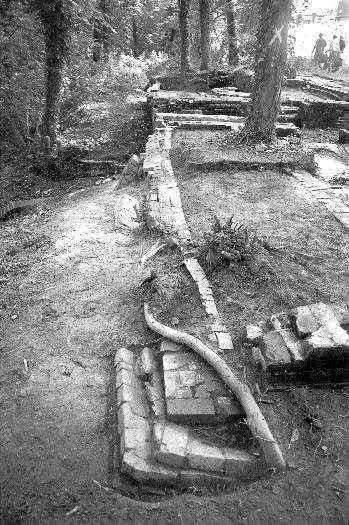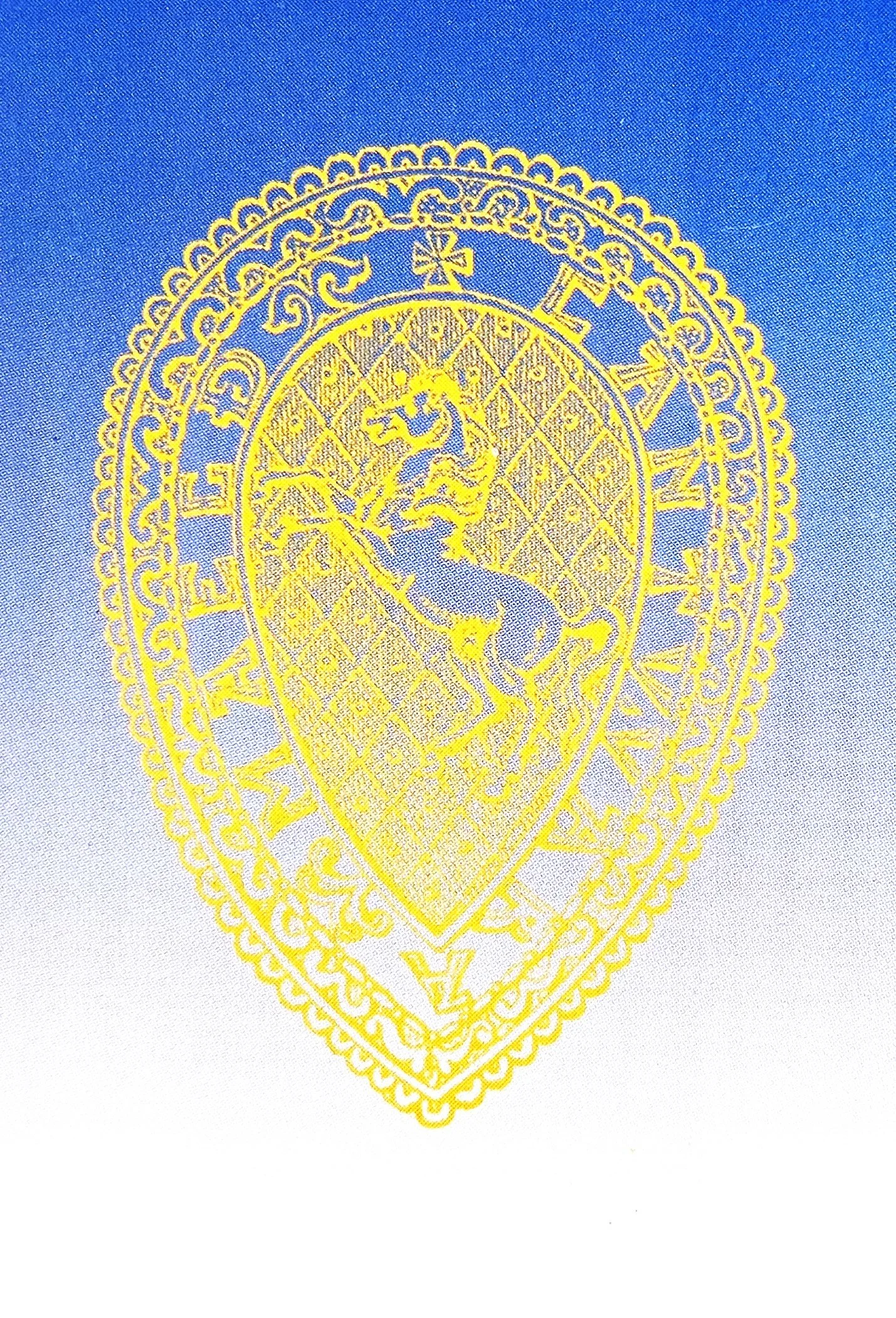Chris Rowley, Chairman, Leigh Historical Society, 2007, KAS Newsletter, Issue 74 (Autumn 2007). Maidstone: Kent Archaeological Society.
KAS Newsletter, Issue 74 (Autumn 2007). Maidstone: Kent Archaeological Society.
KAS Newsletter, Issue 74 (Autumn 2007). Maidstone: Kent Archaeological Society.
KAS Newsletter, Issue 74 (Autumn 2007). Maidstone: Kent Archaeological Society.
Deborah Goacher, 2007, KAS Newsletter, Issue 74 (Autumn 2007). Maidstone: Kent Archaeological Society.
KAS Newsletter, Issue 74 (Autumn 2007). Maidstone: Kent Archaeological Society.
Paul Tritton, 2007, KAS Newsletter, Issue 74 (Autumn 2007). Maidstone: Kent Archaeological Society.
, 2007, KAS Newsletter, Issue 74 (Autumn 2007). Maidstone: Kent Archaeological Society.
KAS Newsletter, Issue 74 (Autumn 2007). Maidstone: Kent Archaeological Society.
KAS Newsletter, Issue 74 (Autumn 2007). Maidstone: Kent Archaeological Society.
Marion Green, Education Officer, Canterbury Archaeological Trust, 2007, KAS Newsletter, Issue 74 (Autumn 2007). Maidstone: Kent Archaeological Society.









Ges Moody and Emma Boast, Trust for Thanet Archaeology, 2007, KAS Newsletter, Issue 74 (Autumn 2007). Maidstone: Kent Archaeological Society.